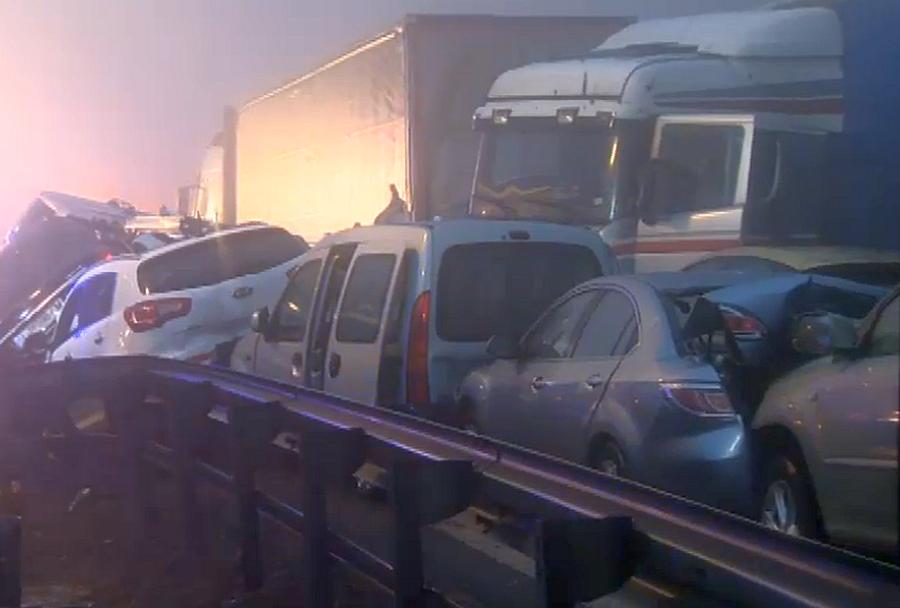
The police will now try prove the criminal offences and violations perpetrated by those who caused the accidents. A total of eight individuals will be dealt with over the accidents, said Mitja Palčič from the Koper Police Administration. Three of those individuals will be criminally charged and another three will be issued fines. The police will send a report to the state prosecution for the other two drivers who died in the crash. The first accident happened when a driver of a smaller cargo vehicle hit a truck. The driver of the smaller vehicle died on the scene.
Firefighters and emergency workers extremely quick
A total of 56 vehicles and 128 people were involved in Saturday's accident on the A1 coastal highway between Senožeče and the Nanos intersection. Four people did not survive the multi-vehicle accident while another seven are severely injured. 18 people suffered light injuries and 99 people managed to walk away with no injuries at all. Among those involved in the accident were 69 Slovenians, 30 Romanians and 14 Hungarians. The rest came from Serbia, Bosnia and Herzegovina, Kosovo, Macedonia, Italy, Croatia and Ukraine.
The quick response from the emergency workers and firefighters contributed to the successful rescue operation. Rescue workers arrived at the scene only three minutes after receiving the traffic accident report. A total of 118 firefighters arrived at the scene. They rescued five people trapped in cars. Emergency workers used 15 ambulances to transport the injured. Many of those injured could only be reached by walking on top of cars.
DARS: Speeds at alarming levels
On Saturday the Slovenian Motorway Company DARS informed all day long about the reduced visibility and fog, said Ulrich Zorin from DARS. However, the warnings did not stop drivers from speeding. The company analyzed the recorded speeds on that highway section and found the results to be alarming. It was only after the accident that drivers started driving a bit slower, however in the evening speeds once again climbed to the morning average.
The police, which warned DARS about the poor weather conditions in the morning hours, also warns of the excessive speeds. Traffic signal warnings alert trucks to reduce their speeds to 50 km/h in such driving conditions. On the basis of data taken from tachographs most of the trucks drove at speeds of 80 km/h.
L. L., translated by K. J.

































































